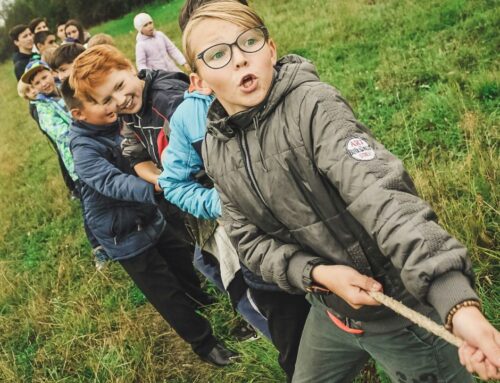The online learning journey for home learning parents and guardians can feel daunting at first, but there is so much support for parents/guardians as they navigate it with their child.
Perhaps the biggest asset you have as a parent/guardian is that you know your child’s unique behaviour patterns, interests and strengths. This type of intimacy lends itself to learning that is enhanced by connection, with the added bonus of strengthening the bond between you.
The suggestions here will help you maximize learning outcomes for your child, support them to meet curriculum requirements, but most importantly, keep them engaged and interested in their own learning.
1. Understand that relationship is important and sets the stage for learning
The relationship between you and your child is the foundation for everything. The ability to connect with your child through their interests strengthens their learning capabilities, and your input and observations help you assess your child’s progress. Children tend to challenge themselves more when they are surrounded by love and encouragement. This can lead to a boost in self-confidence and individual expression.
2. Don’t forget that learning happens all the time
It’s important to take a break from screen time. Learners stay engaged when they’re having fun, and learning happens everywhere! Whether through cooking or baking, walks in nature, or fun family games, learning opportunities are hidden in plain sight as you and your child spend your days together. You can also take advantage of community activities that promote play, fun, creativity and connection.
3. Learn your child’s patterns
Pay attention to how long your child can learn on their own before needing reassurance or attention. Everyone has their own attachment cycles, and you can learn to structure your day around the rhythm of your child’s patterns. Lead with connection and allow older children and youth to help with planning the day.
4. Focus on your child’s areas of strength
Find ways to learn through activities your child likes the most, combined with their preferred way of receiving information–it could be reading, listening, observing, modeling, playing, viewing or searching online. Let your child choose topics and how they will engage with their favourite topics.
5. Go outside and connect with nature
Spend time outdoors and practice slow, deep observation. Watch how bugs and creatures interact with plants, trees and each other. Observe small details of plants, trees and flowers. Ask your child how the weather makes them feel, and notice where the sun is at any given time throughout the day. Older children can garden with you while learning about plant health, the seasonal cycles and landscaping! Learning in nature helps children deepen their observational skills, curiosity and imagination, and is great for their physical and mental well-being.
6. Immerse yourselves in good stories
Remember, when it comes to online and home learning, it’s good to take a break from the computer and dive into a story. Storytelling is a building block of human evolution. Listen to and share fun and interesting stories, read them, draw them, act them out, and so on. Bedtime stories are learning too! Older children and teens may prefer novels, book series, podcasts or audio books that they can enjoy on their own.
7. Don’t confuse quality with quantity
Often the most effective learning happens in small doses, sprinkled throughout the day. For longer sessions, take lots of play breaks (play is learning too!) and social time to connect with peers online. Improvised learning sparks creativity, and even boredom isn’t a bad thing. It’s a pipeline to curiosity!
8. Have your children set goals, then make them manageable
One of the paths to empowerment is setting attainable goals with your online learning. Get your child to make a list of personal and learning goals and break them down into smaller tasks to work on, one at a time. Get a piece of paper and divide it into four and write “Body, Heart, Mind, Spirit” – then help your child set a goal for each section.
9. Utilize games and strategy for learning
Learning can be fun when it happens through playing games. Board games, card games, group games like charades, or online games all help children to develop critical thinking, communication, cooperation, reflexes and patience. Games can be played online, or in person, if a break from screen time is needed.
10. Practice self-compassion
It may feel daunting at first, but remember that establishing online and home learning rhythms takes time. Challenges arise, and that’s normal. Modeling patience and problem-solving helps your child learn interpersonal skills!
Read about how home online learning happens at SelfDesign Learning Foundation.







